David J. Calkins, PhD, has been selected as the 2023 RPB David F. Weeks Award for Outstanding Vision Research.
Month: August 2022
Scientists reveal how key cancer target could halt cancer spread
The study reveals an important route through which fascin promotes cancer development and provides insights into potential pathways that could block its action.
Archaeology and ecology combined sketch a fuller picture of past human-nature relationships
For decades now, archaeologists wielded the tools of their trade to unearth clues about past peoples, while ecologists have sought to understand current ecosystems.
Returning to football after COVID-19 infection
A first-of-its-kind study conducted in collaboration with LSU’s School of Kinesiology, LSU Athletics, Pennington Biomedical Research Center and Our Lady of the Lake researched how the immune system of elite student-athletes responded to the COVID-19 virus.
Study provides insights into how the immune system of kidney transplant recipients responds to COVID-19
Kidney transplant recipients experience immune-insufficiency during acute COVID-19.
Medieval mass burial shows centuries-earlier origin of Ashkenazi genetic bottleneck
In 2004, construction workers in Norwich, UK, unearthed human skeletal remains that led to a historical mystery—at least 17 bodies at the bottom of a medieval well.
DOE Announces $70 Million to Improve Supercomputer Model of Earth’s Climate System
The U.S. Department of Energy (DOE) today announced $70 million in funding for seven projects that will improve climate prediction and aid in the fight against climate change. The research will be used to accelerate development of DOE’s Energy Exascale Earth System Model (E3SM), enabling scientific discovery through collaborations between climate scientists, computer scientists, and applied mathematicians. Data from this model will enhance scientists’ understanding of climate change, which will be crucial to furthering President Biden’s commitment to tackling the climate crisis at home and abroad.
Drugs Effects of Ketamine in Mice can Depend on the Sex of the Human Experimenter
Researchers at the University of Maryland School of Medicine have shown that mice respond more to the antidepressant effects of the drug ketamine when administered by men and not by women. The group demonstrated that a stress response detected in the mouse’s brain from handling by a man is essential for ketamine to work.
Studying the OCD cycle
Scientists from the Nara Institute of Science and Technology (NAIST), Advanced Telecommunications Research Institute international, and Tamagawa University have demonstrated that obsessive-compulsive disorder (OCD) can be understood as a result of imbalanced learning between reinforcement and punishment.
Molecular Medicine Review Reveals the Role of IGF in Cancer, Other Proliferative Disease
Studies suggest that Insulin-Like Growth Factor (IGF) plays a central role in pathological growth of proliferative conditions like cancer, and may function as a resistance mechanism adopted by the majority of solid cancers following therapeutic targeting of non-IGF signaling pathways.
New therapeutic prospect for preeclampsia
Preeclampsia is a condition that affects the placenta during pregnancy and is dangerous for both the fetus and the mother.
Scientists Recover Collapsed Clam Population and Water Quality in Shinnecock Bay
Today scientists from Stony Brook University’s School of Marine and Atmospheric Sciences (SoMAS) announced the culmination of a decade of science in a paper published in Frontiers in Marine Science, an international peer-reviewed journal, which describes a novel restoration approach used in Shinnecock Bay that has led to a 1,700 percent increase in the landings and densities of hard clams in that estuary, along with the expansion of seagrass meadows and the end of harmful brown tides – a result that brings the Shinnecock Bay back to its 20th Century glory for shellfishing and the result may serve as a shining example of a process to restore other estuaries around the country and world.
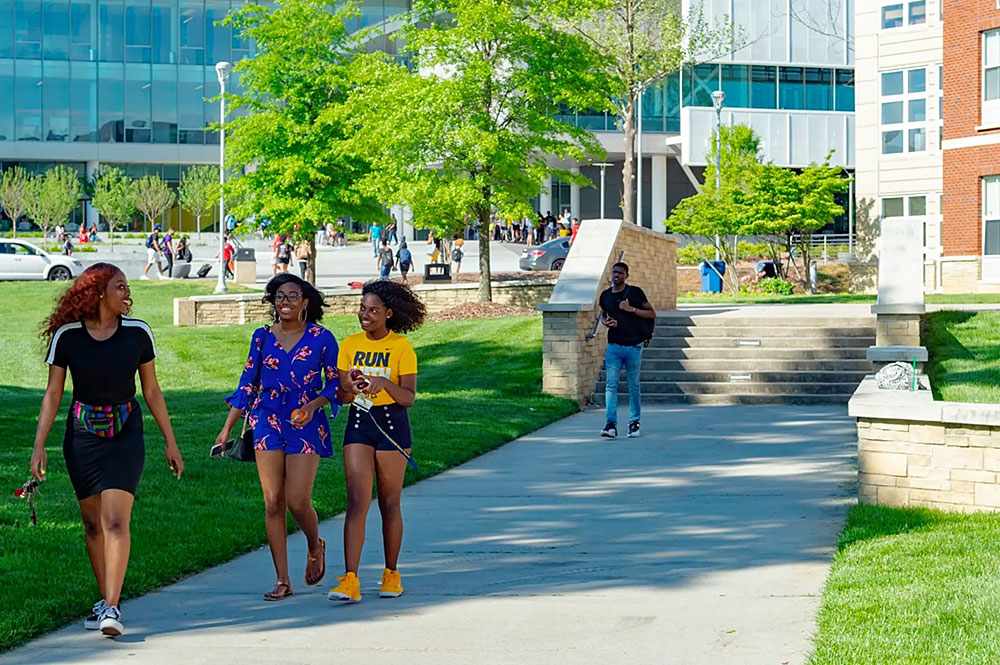
North Carolina Agricultural and Technical State University Joins Brookhaven Lab’s Quantum Center
North Carolina Agricultural and Technical State University (N.C. A&T), the largest historically black university and nationally recognized institution for excellence in science, technology, engineering, and mathematics (STEM) education, has joined the Brookhaven National Laboratory-led Co-design Center for Quantum Advantage (C2QA).
Study reveals fentanyl’s effects on the brain
Electroencephalogram (EEG) tests revealed fentanyl’s effects on the brain and indicated that the drug stops people’s breathing before other noticeable changes and before they lose consciousness.

PetTrack Lets Owners Know Exactly Where Their Dog Is
PetTrack uses a combination of sensors to give the accurate, real-time indoor location of an animal.

Advancing new technologies to halt bleeding
The research arm of the U. S. Army has awarded Case Western Reserve University blood surrogate pioneer Anirban Sen Gupta a four-year, $2.5 million grant to advance and optimize his latest nanotechnology to stop bleeding from battlefield injuries.
The new technology devised by Sen Gupta and his team is called “SanguiStop.” It allows a clot-promoting enzyme called thrombin to be intravenously delivered in a targeted manner to a bleeding area—especially to the site of internal injuries.
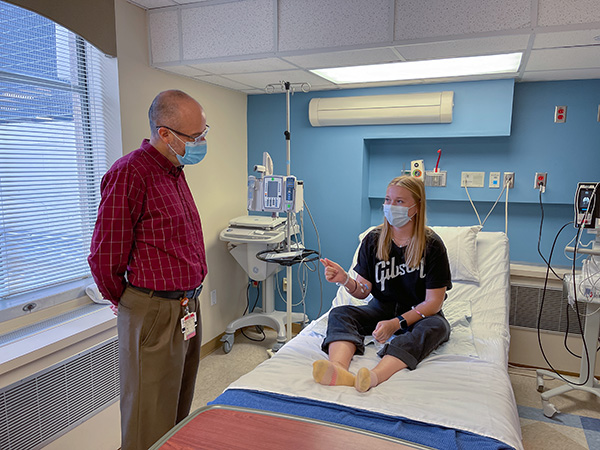
Second patient in the world receives Moderna mRNA trial infusion at UTHealth Houston for glycogen storage disease
Imagine having to drink a solution of cornstarch and water every four hours to survive, and that missing a dose, even by 15 minutes, could lead to seizures and death. This is the reality for Rebecca Tarrence, who has glycogen storage disease type 1a (GSDIa), a rare genetic disease caused by the presence of two genetic changes on the same gene affecting glucose production.
Researchers uncover where and why proteins malfunction in Parkinson’s disease
Scientists at the Francis Crick Institute, UCL and the University of Edinburgh have uncovered how a build-up of harmful protein starts to happen within neurons in Parkinson’s disease, ultimately causing nerve cell death.

Entangled photons tailor-made
In order to effectively use a quantum computer, a larger number of specially prepared – in technical terms: entangled – basic building blocks are needed to carry out computational operations.

Understanding the Expanded Role of Clinical Ethicists
The COVID-19 pandemic brought many troubling ethical issues to the frontlines of clinical care, creating significant distress for clinicians, patients, and families. Behind the scenes, clinical ethicists managed those issues to support front-line workers and were integral to hospital operations.
Argonne researchers win four 2022 R&D 100 awards
R&D Magazine has recognized four Argonne projects with R&D 100 Awards.
August job report: ‘Economic tea leaves difficult to read’
On Friday, the U.S. Bureau of Labor Statistics will release unemployment figures for the month of August. Erica Groshen, senior economics advisor at Cornell, is a labor statistics expert. She was also the former commissioner of the U.S. Bureau of…
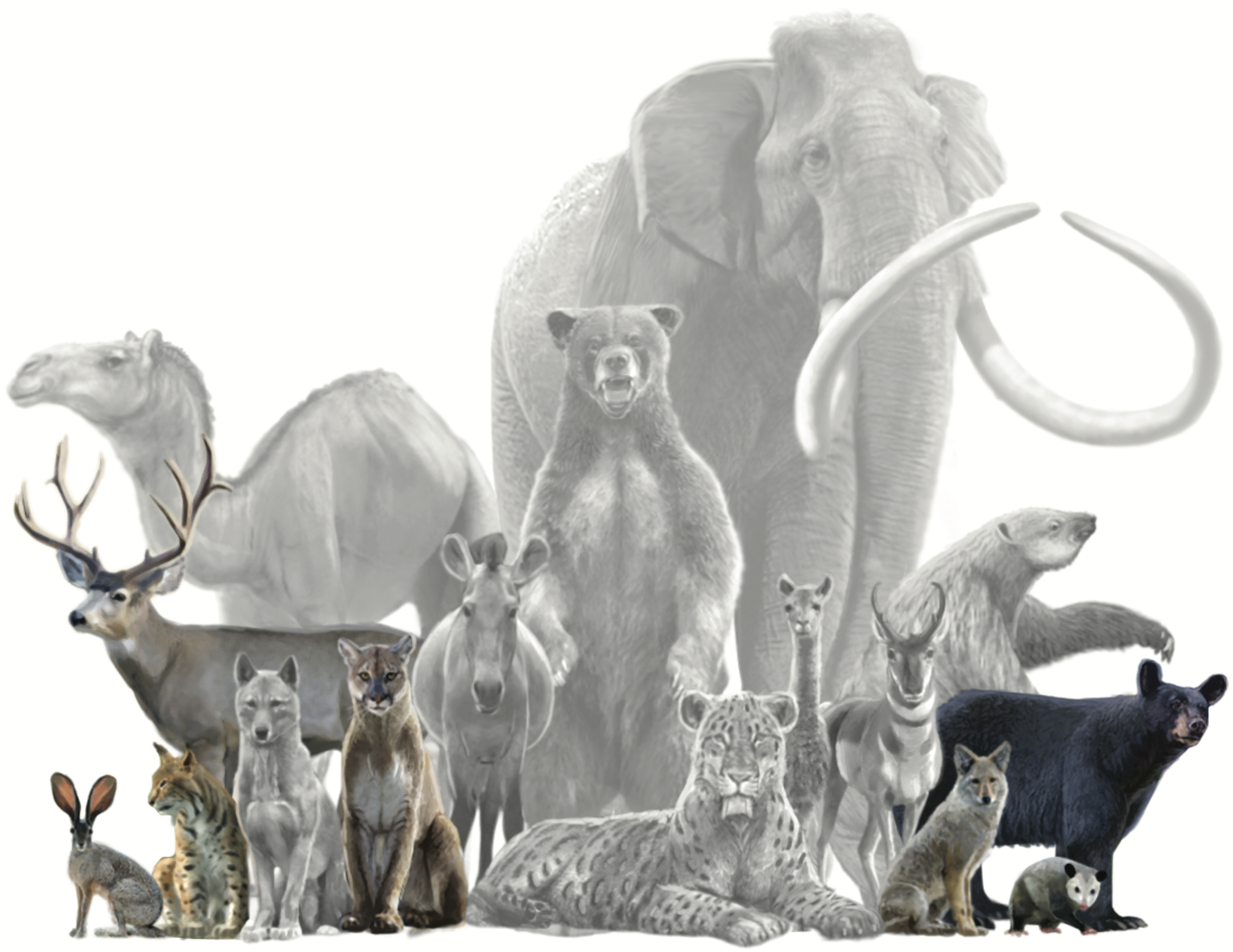
Study Reveals How Prehistoric Humans Simplified the World’s Food Webs
Research conducted with the help of a University at Albany anthropologist has revealed the cascading effects that humans have had on mammal declines and their food webs over the last 130,000 years, a new study in the journal Science shows.
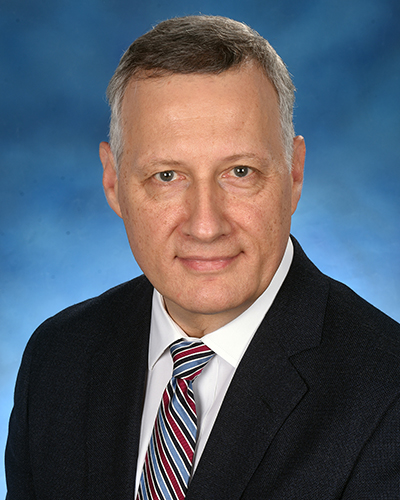
UM School of Medicine Brain and Tissue Bank to Receive $800,000 to Expand Research Initiatives and Outreach on Amyotrophic Lateral Sclerosis (ALS)
The University of Maryland School of Medicine (UMSOM) will receive an $800,000 donation to be used by the University of Maryland Brain and Tissue Bank to advance research into the treatment and cure of Amyotrophic Lateral Sclerosis (ALS), commonly referred to as Lou Gehrig’s Disease.
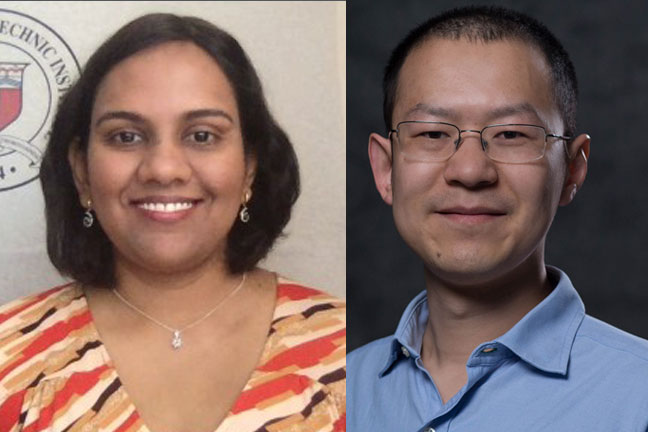
Rensselaer To Advance Blockchain Tech With $360k Grant
Rensselaer Polytechnic Institute’s Oshani Seneviratne, director of health data research at the Institute for Data Exploration and Applications (IDEA), and Lirong Xia, associate professor of computer science, have been awarded $363,343 from the Algorand Foundation. The award is part of an $8 million grant to fund blockchain research through a project led by Vassilis Zikas, associate professor of computer science and security researcher at Purdue University.

Elemental research: Scientists apply boron to tungsten components in fusion facilities
Scientists at have conducted research showing that a PPPL-developed powder dropper can successfully drop boron powder into high-temperature plasma within tokamaks that have parts made of a heat-resistant material known as tungsten.
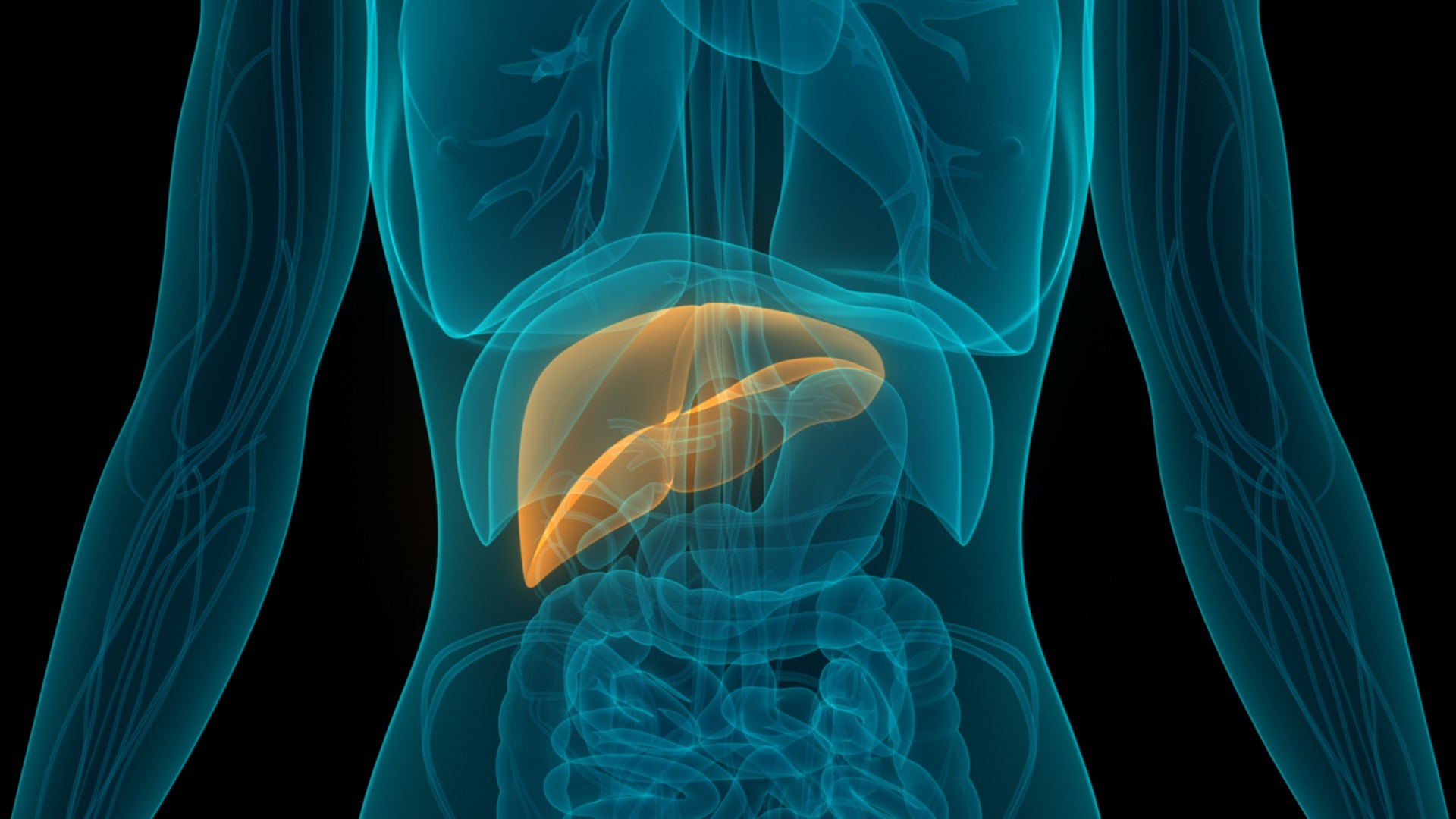
Cedars-Sinai Team Pioneers Liver Cancer Blood Test
Cedars-Sinai Cancer investigators have created a blood test that uses a technology made commonly available during the COVID-19 pandemic to detect the most common form of liver cancer—at an early enough stage that cure is possible. Their work was published online in the peer-reviewed journal Hepatology.
Paper finds employers increasingly willing to hire workers with criminal records
A new paper in The Quarterly Journal of Economics, published by Oxford University Press, indicates that many American businesses are willing to hire workers with criminal records.
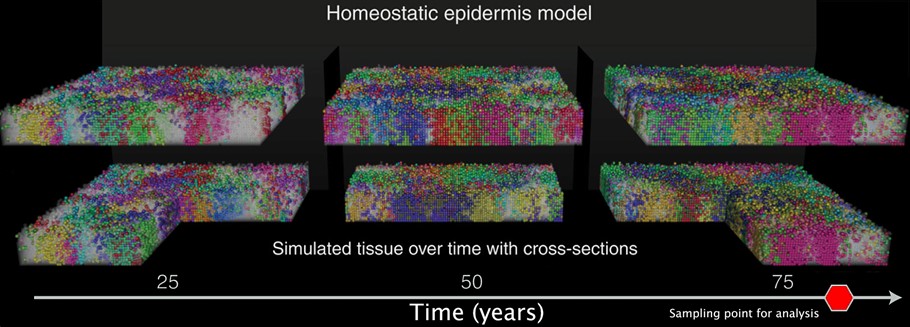
Moffitt Researchers Use Computer Modeling to Understand How Self-Renewal Processes Impact Skin Cell Evolution
In a new study published in the Proceedings of the National Academy of Sciences (PNAS), Moffitt Cancer Center used mathematical and computer modeling to demonstrate the impact of skin homeostasis on driver and passenger mutations.
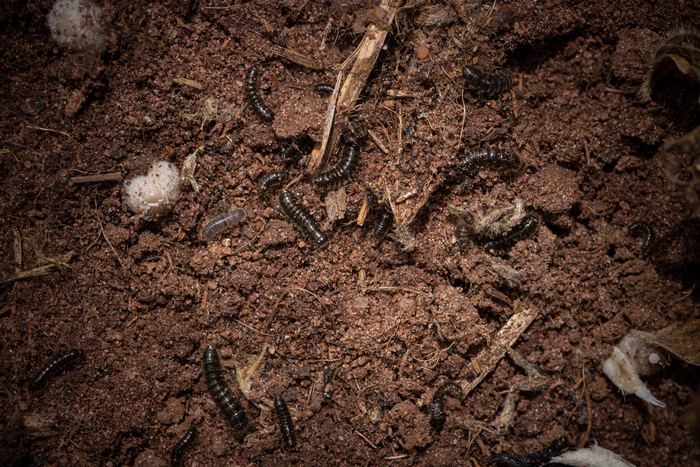
Beetles rely on unique ‘back pockets’ to keep bacterial symbionts safe during metamorphosis
Beetles of the genus Lagria need a little help from their bacterial friends throughout their immature life stages. But keeping them in the same spot throughout life isn’t feasible.
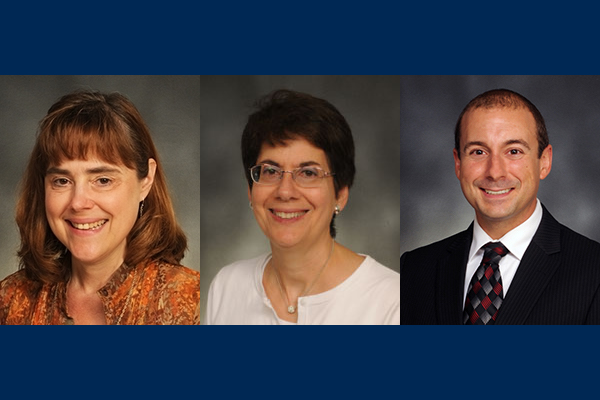
WVU pharmaceutical experts caution ‘one pill can kill’ as new forms of fentanyl become more prevalent
Faculty members with the West Virginia University School of Pharmacy are issuing warnings about the rise of fentanyl in Mountain State communities and elsewhere following the recent seizure of a large amount of “rainbow fentanyl,” potent illegal pills resembling candy, by law enforcement officers in Monongalia County.
Mayo Clinic study shows successful labor outcomes in expectant mothers using AI
Mayo Clinic researchers have found that using artificial intelligence (AI) algorithms to analyze patterns of changes in women who are in labor can help identify whether a successful vaginal delivery will occur with good outcomes for mom and baby. The findings were published in PLOS ONE.
How COVID-19 Could Help People Relate to Sea Level Rise
The global pandemic gave researchers the chance to create relatable models for sea level rise.
Asking About Food Insecurity at Hospital Admission Is Feasible, Effective
Hospital admission is a worthwhile time to ask patients whether they usually have sufficient food at home, then connect them to community resources if necessary. That conclusion comes from a quality improvement project by Dr. Emily Gore, a recent graduate of the University of Rochester School of Medicine and Dentistry, and colleagues. They describe their project in The Journal for Healthcare Quality (JHQ), an official publication of the National Association for Healthcare Quality that is published in the Lippincott portfolio by Wolters Kluwer.
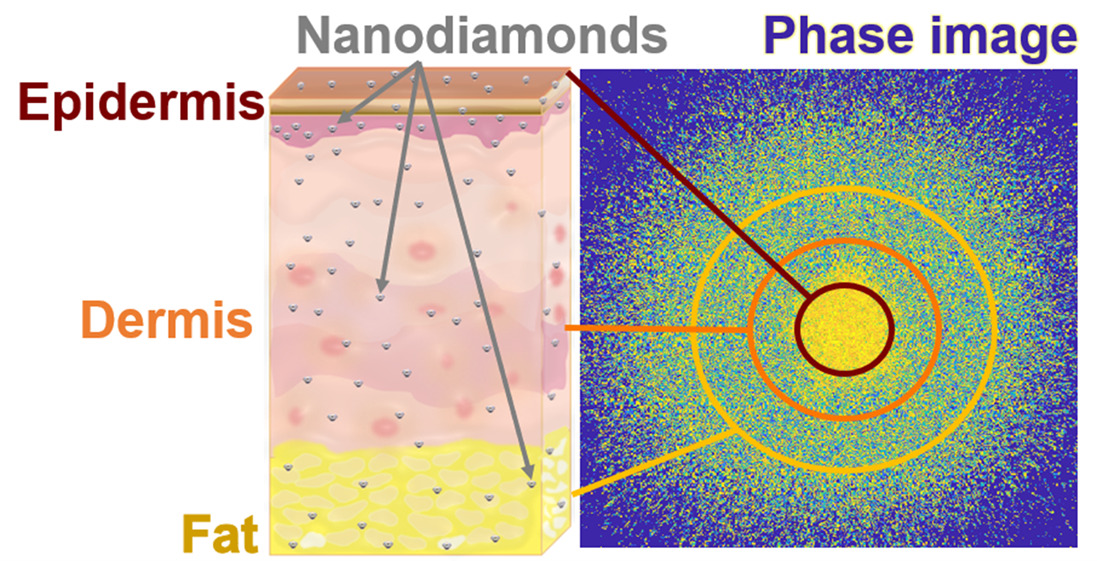
Bar-Ilan University researchers produce nanodiamonds capable of delivering medicinal and cosmetic remedies through the skin
Combining techniques in nanotechnology and optics, researchers produced tiny (nanometric) diamond particles so small that they are capable of penetrating skin to deliver medicinal and cosmetic remedies. In addition, they created a safe, laser-based optical method that quantifies nanodiamond penetration into the various layers of the skin and determines their location and concentration within body tissue in a non-invasive manner – eliminating the need for a biopsy.
Interacting brains sync without physical presence
Online gaming and other types of online social interaction have become increasingly popular during the pandemic, and increased remote working and investments in social technology will likely see this trend continue.
Bone transplant could resolve aging jaw defects
Tohoku University scientists in Japan have made a scaffold that supports the growth of new bone in large jaw defects in mice.
Deriving the magnetopause position from wide field-of-view soft x-ray imager simulation
Imaging techniques provide essential information in astronomical and space physics studies. The Soft X-ray imager (SXI) will obtain images of the Earth’s magnetosphere from solar wind charge exchange emission in a global view.
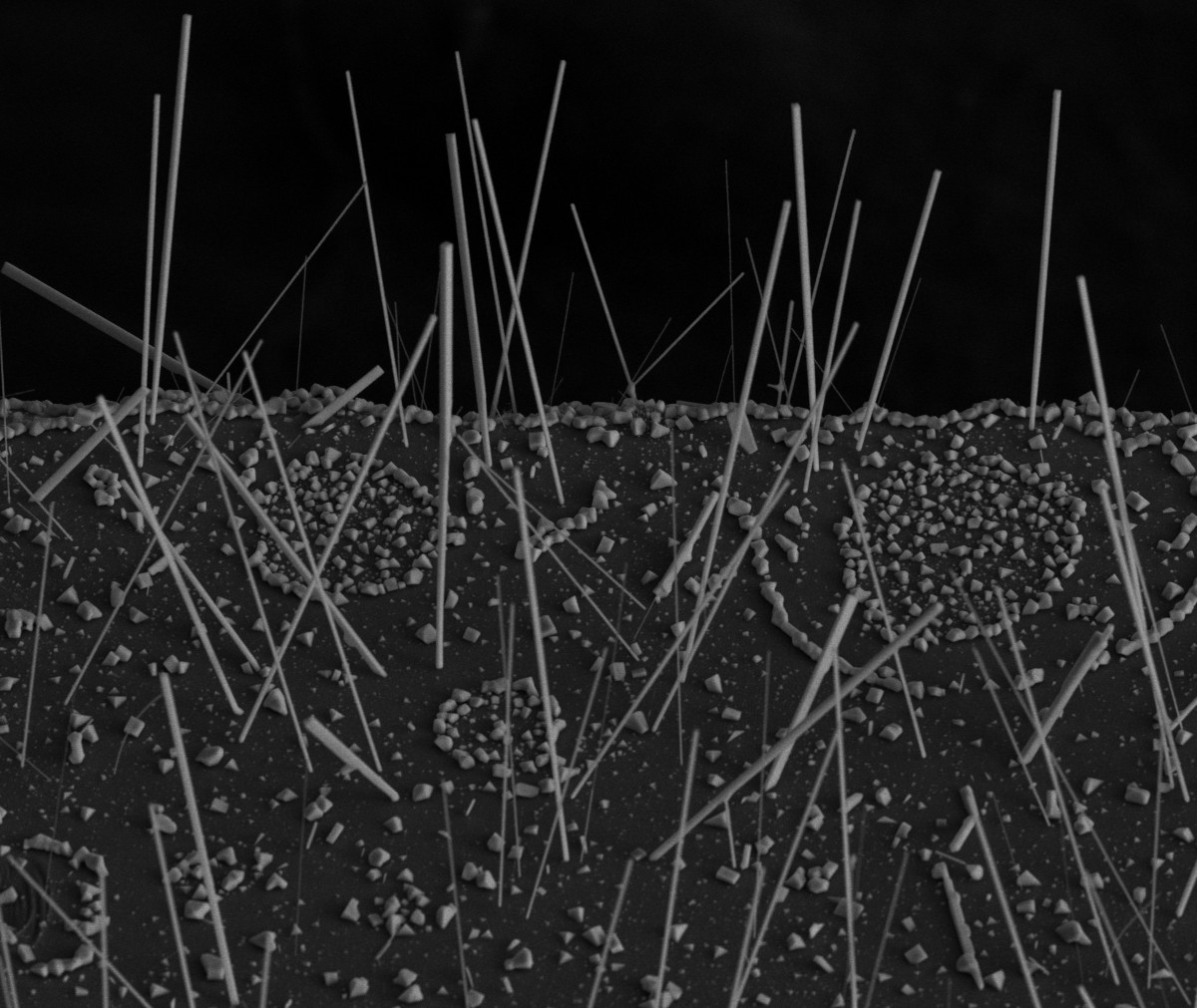
Scientists Grow Lead-Free Solar Material With a Built-In Switch
A lead-free solar material developed by Berkeley Lab scientists offers a simpler and more sustainable approach to solar cell manufacturing. The advance could also benefit halide perovskites, a promising solar technology that requires much less energy to manufacture than silicon.

Washing Dishes with Superheated Steam More Effective, Earth-Friendly
Superheated steam dishwashers could provide a more effective, environmentally friendly solution than conventional dishwashers. In Physics of Fluids, researchers simulated such a dishwasher, finding that it killed 99% of bacteria on a plate in just 25 seconds. The model of an idealized dishwasher looks like a box with solid sides, a top opening, and a nozzle at the bottom. A plate covered with heat-resistant bacteria is placed directly above the nozzle. Once the plate reaches a certain threshold temperature, the microorganisms are deemed inactivated.
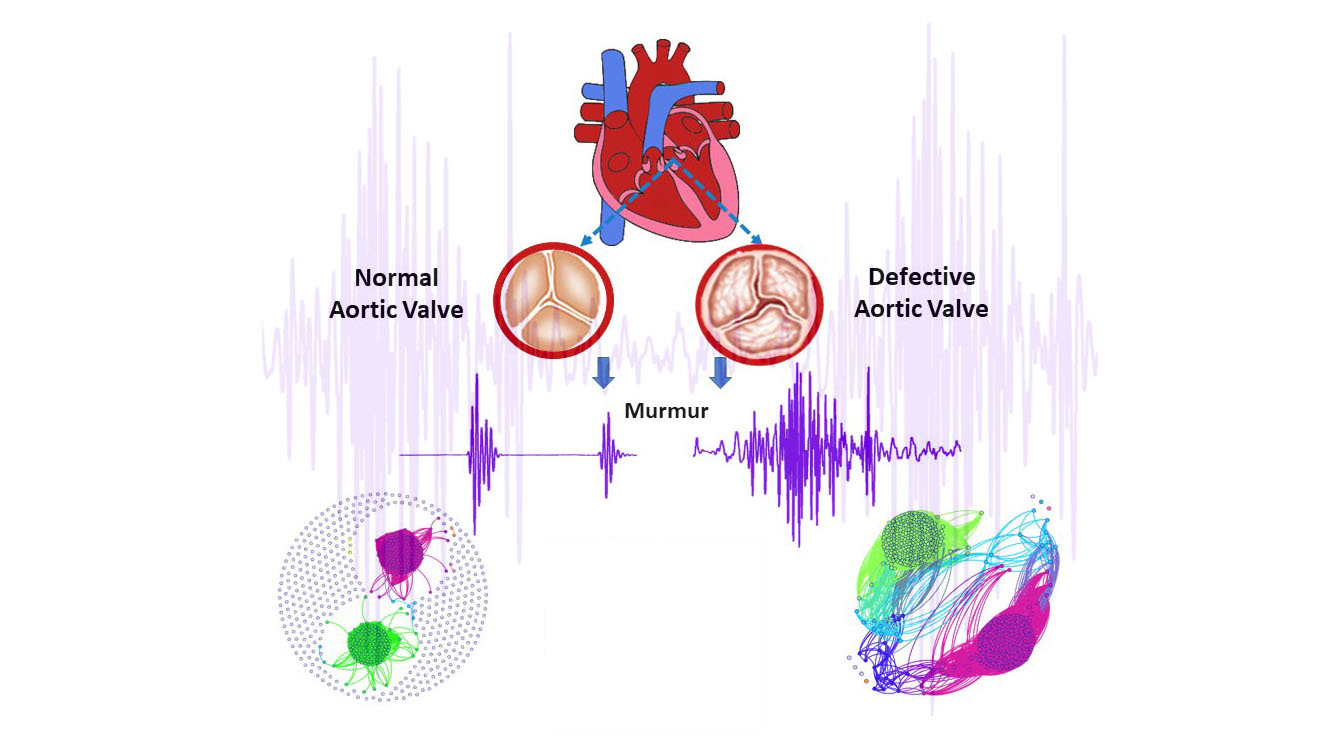
Low-Cost Disease Diagnosis by Mapping Heart Sounds
In the Journal of Applied Physics, researchers develop a method to identify aortic valve dysfunction using complex network analysis that is accurate, simple to use, and low-cost. They used heart sound data to create a complex network of connected points, which was split into sections, and each part was represented with a node. If the sound in two portions was similar, a line was drawn between them. In a healthy heart, the graph showed two distinct clusters of points, with many nodes unconnected. A heart with aortic stenosis contained many more correlations and edges.
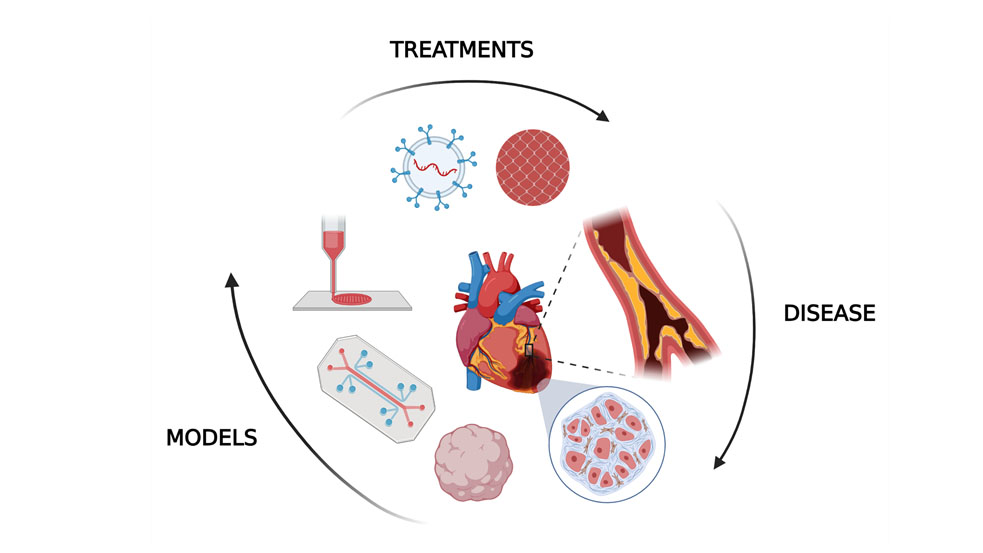
Treating, Preventing Heart Attacks with Human Tissue Models
In Biophysics Reviews, researchers explore how human tissue models can be used to examine the impact of heart attacks and treatment of the fibrotic tissue outside the body, improving treatment and diagnosis. They use organoids, 3D organlike multicellular models derived from stem cells, to mimic natural development, structural organization, regeneration, and disease progression. Meanwhile, microfluidic devices control cell placement and fluid flow to act like the heart on a chip, while bioprinting allows cardiac tissue to be built up layer by layer.
Stronger religious beliefs linked to higher levels of sexual satisfaction, study shows
Having stronger religious beliefs is linked to higher levels of sexual satisfaction, a new study shows.
Study reveals flaws in popular genetic method
The most common analytical method within population genetics is deeply flawed, according to a new study from Lund University in Sweden.

Woods Hole Oceanographic Institution welcomes Yessica Cancel as Chief People Officer
Woods Hole Oceanographic Institution (WHOI), the world’s independent leader in ocean discovery, exploration, and education, today announced the appointment of Yessica Cancel to its executive team in the newly created position of Chief People Officer (CPO).
Wildlife crossings potentially save millions annually in Washington state
Crossings over highways intended to preserve biological diversity also appear to reduce wildlife-vehicle collisions in Washington state, saving roughly $235,000 to $443,000 every year per structure.
Keeping toxic cadmium out of rice, the genetic way
Rice is a staple food for nearly half the world’s population. However, it accumulates more cadmium from the soil than other cereals like barley and wheat.
How superwinds help drive galactic development
Galactic superwinds – large outflows of gas created by a combination of supernova explosions and stellar winds – are closely connected to a galaxy’s earliest stages of development and evolution, including aspects like its size, shape, and even how many stars will eventually call it home.But while researchers have commonly observed these winds, very little is understood about the mechanism that drives them.
Oral Surgery Doesn’t Have to Scare You
Maria Papageorge, chair of the Department of Oral and Maxillofacial Surgery at Tufts University School of Dental Medicine, offers tips for preparing yourself for oral surgery—and for minimizing anxiety, distress, and fear surrounding the process.
Direct breastfeeding feasible for NICU babies with new standardized approach
A new standardized approach to feeding premature infants in the hospital, dubbed the Encourage, Assess, Transition (EAT) protocol, increases the prevalence of direct breastfeeding without increasing the length of time the infant is hospitalized. That conclusion from a quality improvement project by Nellie Munn Swanson, DNP, MPH, APRN, CPNP-PC, CLC, of the University of Minnesota School of Nursing, and colleagues is reported in Advances in Neonatal Care, a publication of the National Association of Neonatal Nurses. The journal is published in the Lippincott portfolio by Wolters Kluwer.